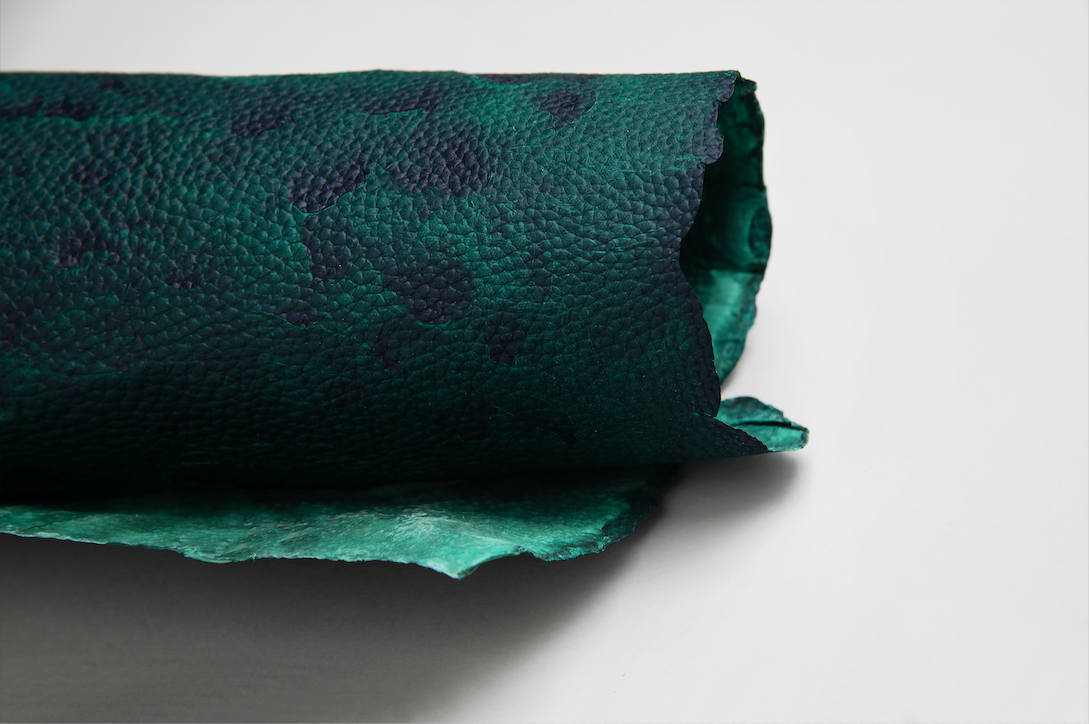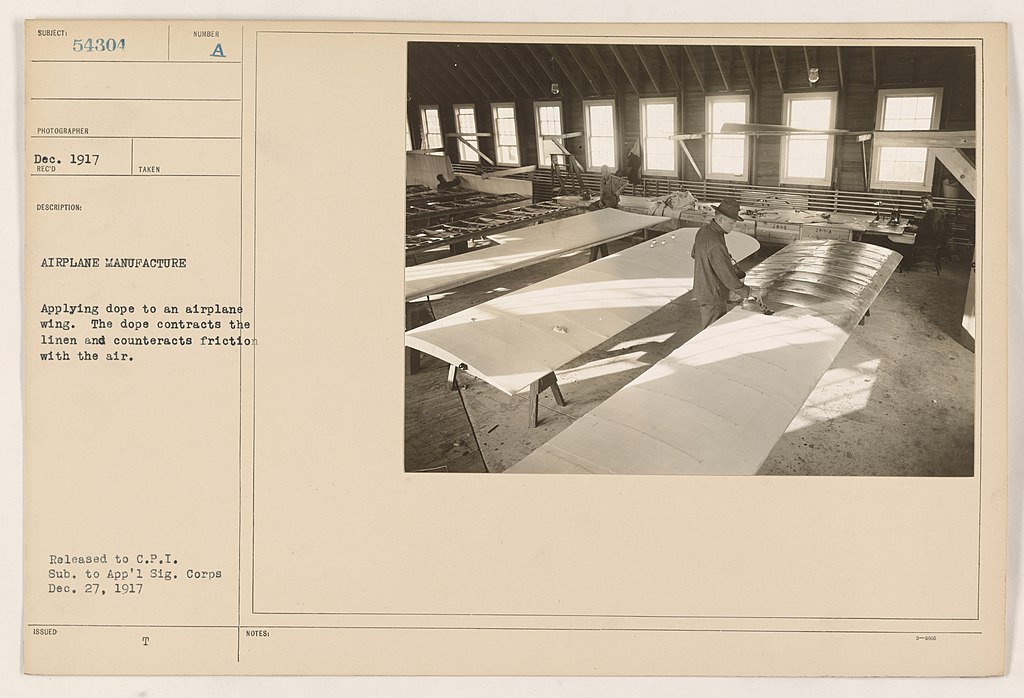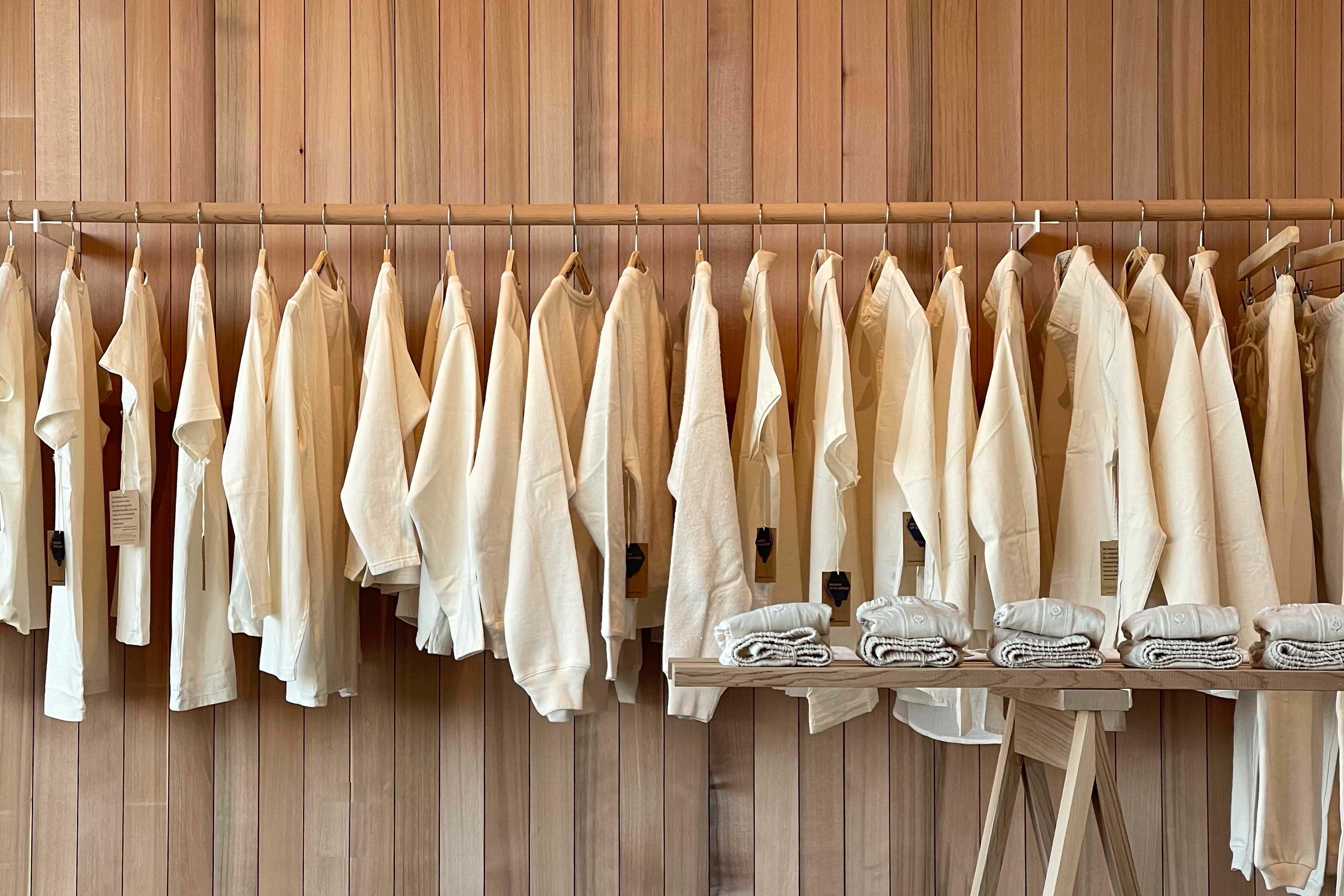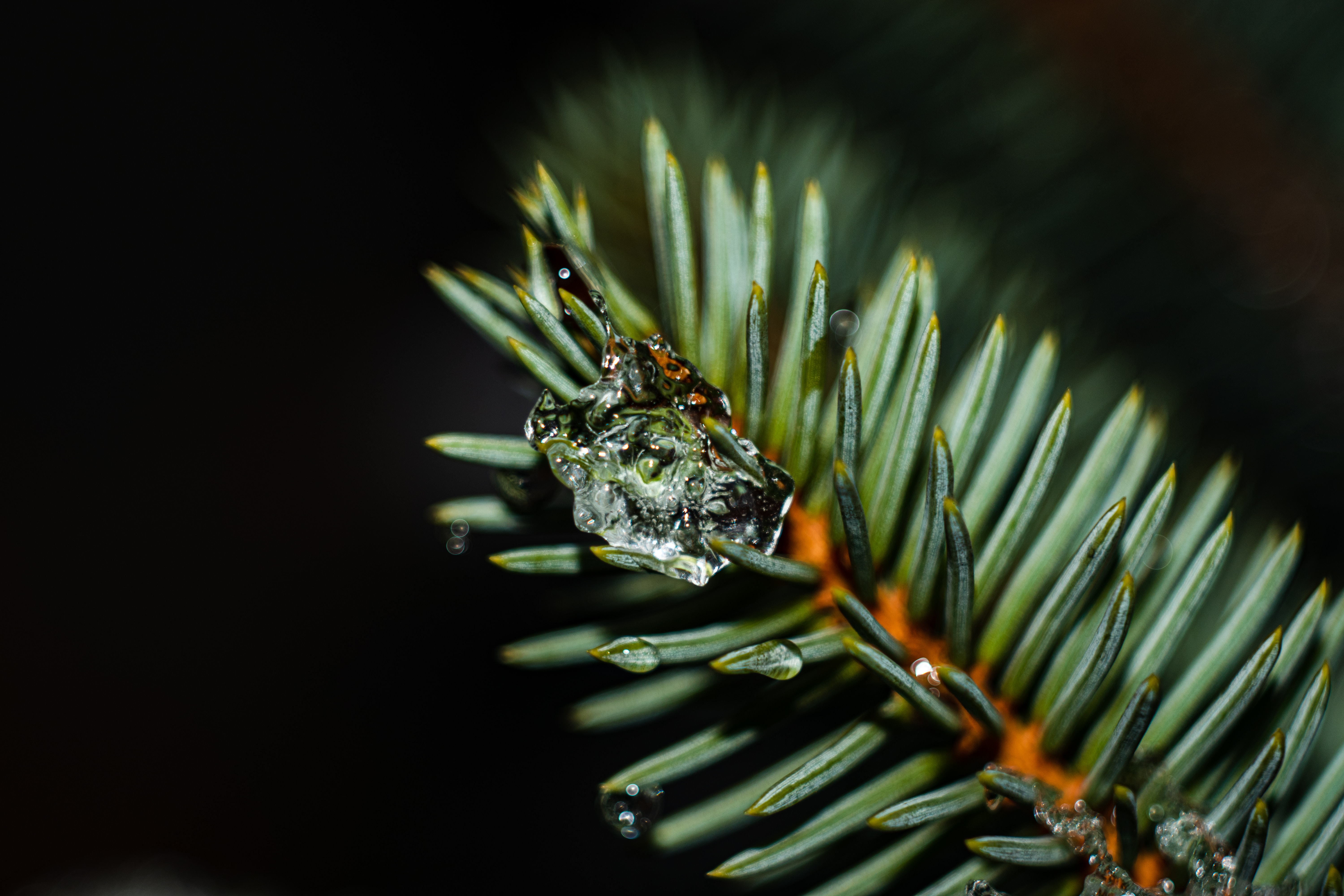
The companies building the future of leather with mycelium, plants and animals cells
Leather from cows, sheep, goats, and pigs may soon be a thing of the past. Materials from plants, fungi, and lab-grown animal cells are poised to change one of our most familiar materials and products. This isn't a distant future—it's happening right now, and the brands and companies that don’t catch-on are going to be left behind.
Bio-based leathers not only have the look and feel of conventional leather but also have the potential to shift the entire industry. From high-end luxury brands to car companies, everyone is starting to take notice. Your next wallet, belt, bag or pair of shoes could be made from bio-based leather – and it seems like that’ll be a good thing!
Leather is natural and biodegradable isn’t it? Why does it need to be replaced?
Leather is a natural material made from animal hides, and in its unprocessed form is biodegradable, but the tanning process used in most leather includes chemicals and preservatives that make it non-biodegradable. These are the same chemicals that make the industry toxic to workers, wearers and the world.
Workers in the leather tanning industry are exposed to harmful chemicals such as chromium, benzene-based dyes, and formaldehyde. These chemicals, used in the tanning process can cause dermatitis, asthma, chronic bronchitis and lung cancer. While workers are at the most risk, even people who just wear leather can be at risk. Dimethyl fumarate or DMF is a preservative used in the leather industry that is known to cause allergies, skin irritation and respiratory problems.
The leather tanning process is also deeply harmful to the environment and has a long history of damaging water supplies. One of the original sources of drinking water in early New York City, the Collect Pond; once a favorite spot for picnics in the 17th and 18th centuries, was polluted by neighboring industry, including slaughterhouses and tanneries. The water became so dangerous to drink that the pond was eventually filled in. Today, similar pollution is seen most acutely in the Ganges River in India due to tanneries in Kanpur, and in Bangladesh, where tanneries have released toxic chemicals into waterways and caused serious health issues for residents and workers.
Leather production is also a notable contributor to deforestation, with 80% of deforestation in the Amazon region being attributed to soy production for cattle feed. Cattle ranching is also responsible for an estimated 14.5% of global greenhouse gas emissions each year. Additionally, the leather industry is associated with significant water consumption and pollution, further exacerbating its environmental impact.

‘Vegan’ materials and why synthetic leathers aren’t an awesome alternative
If you want to avoid the animal leather industry, ‘vegan’ leather products are an obvious choice. However, these synthetic alternatives come with their own set of health and environmental risks. One material in particular used to make synthetic vegan leather, polyvinyl chloride (PVC), has been linked to the release of dioxins, a class of carcinogens, and phthalates, which are endocrine disruptors. DMF, the preservative used for animal leather, is also used in almost all (99% as of 2017) synthetic leathers.
Together these compounds can cause a whole range of health complications from skin irritations and headaches to respiratory issues, reproductive complications, damage to the immune and nervous systems and cancers. When you see a California Proposition 65 warning on a vegan leather product, that is a sure sign that the product you’re looking at is made from materials with proven dangers to your health.
And don’t forget the microplastics: both PVC and Polyurethane (PU) leathers are plastic and as they degrade, they will form microplastics and plastic microfibers that will persist in the environment for hundreds if not thousands of years. These tiny plastic particles, measuring less than 5 mm in diameter, are ingested by a wide range of ecosystem-critical organisms and accumulate in the food chain (akin to the pesticide DDT). This can lead to physical injury, compromised immune and reproductive systems, stunted growth, and death for organisms that eat the plastic as well as further up the food chain. While ‘vegan leathers’ may not be made from animal products, it’s no longer possible to argue that animals are not harmed by them.

Bio-based leathers: happier and healthier
Bio-based leathers offer a promising alternative to conventional and synthetic leathers, addressing many of the environmental, ethical and personal safety concerns associated with these materials. These materials are derived from natural sources, such as fungi, plants or lab-grown animal proteins, and can mimic the look and feel of traditional leather.
By utilizing renewable resources and avoiding the use of toxic chemicals like trivalent chromium and PVC, this new class of bio-based leathers can significantly reduce the environmental impact of leather production. These materials can also help decrease the carbon footprint associated with livestock farming and promote a more safe and ethical future for fashion and design.
Fungi based leathers: most mushroom leather isn’t made from mushrooms. What is mycelium?
When we talk about mushroom leather, it’s usually a misnomer. The proper term would be mycelial leather. This is in reference to mycelium, the thread-like structures that grow underground and absorb nutrients and water. The part we see - the mushroom - is only produced when a fungi is ready to reproduce – like the fruit of a plant.
To make mycelial leathers, a plant substrate like straw or sawdust is inoculated with mushroom spores. These grow into a mycelium network that holds everything together and forms the structure of the material. You can say these materials are grown or biofabricated.
Usually when someone mentions mushroom leather, they’re talking about mycelial leather from companies like Ecovative and Mycoworks (keep reading to learn more). One company, TômTex makes a leather product from a biopolymer called chitin. Chitin is extracted from mushrooms (rather than mycelium), and is also sourced from the exoskeletons of various types of shellfish. Interesting that shellfish exoskeletons and mushrooms are made of some of the same material.

Lab-grown leather – how does it work?
While plant and mycelial leathers are at or near market readiness, lab-grown leathers are still in development. This is because the technology requires more development, but may also offer more potential for scale and material performance.
Modern Meadow’s BioFabbrica Bio-Tex™ bio-based leather is a composite of lab-grown bovine collagen, plant protein and a cotton reinforcement. Modern Meadow grows collagen, the main protein in cattle hides, using a fermentation process similar to brewing beer that utilizes a modified yeast programmed to produce collagen.
The construction technique for Bio-Tex™ is similar to the composite polyurethane materials used by Louis Vuitton, Dior, and Fendi, and will almost certainly have a place in the future of luxury handbags.
A true lab-grown or cultivated leather is still some years away. Modern Meadow and Vitro Labs are both developing materials like this. Growing leather in the lab starts with a one-time biopsy from a living animal. The cells go into a bioreactor, a tank with all of the necessary conditions, nutrients and signals to grow into a skin or hide-like structure. This type of process will allow companies like Vitro Labs and Modern Meadow to not only produce bovine collagen, but to also biofabricate the proteins into a leather-like structure – an nearly-exact copy of leather, just without the cow.

The companies developing and growing the future of leather
Here are the top bio-based products and companies that are developing the ethical, earth-friendly and safe future of leather.
Forager by Ecovative
Ecovative is the biotech company that developed the first commercial foams using mycelium, the root structure of mushrooms. Forager is Ecovative's leather alternative that uses its fungi-based tech. The material is vegan and plastic-free, biodegradable and compostable, and compatible with traditional dying and tanning techniques, and is grown in just nine days.
Location: Green Island, New York, USA
Product: Forager, a mycelial leather
VC Funds Raised: over $120 million
Commercially Available: Not yet
Brands Using the Product: 15 brand partners which have not yet been publicly announced
Reishi™ by Mycoworks
Mycoworks has developed a sustainable, high-performance leather-like material called Reishi™. Reishi™ is made from mycelium, the root-like structure of mushrooms. The material is versatile and customizable, making it suitable for various applications, including fashion, automotive, and upholstery. It can be grown in days, rather than months and can contribute to a more sustainable and eco-friendly future for the leather industry
Location: Emeryville, California; Union South Carolina, USA
Product: Reishi™, a mycelial leather
VC funds raised to date: $187 million
Commercial availability: Yes! Commercial Scale Mycelium Plant opened in Union, SC Sept. 20th, 2023.
Brands using the Product: Hermes, Nick Forquet, and Ligne Roset. GM is a notable investor that plans to use Reishi™ in automotive interiors.
Mycoworks careers at biodesignjobs.com
Tômtex
Tômtex has developed a sustainable material derived from chitin, a compound found in mushrooms and seafood. Their unique approach aims to reduce waste while providing a viable alternative to traditional leather materials.
Location: Brooklyn, New York, USA
Product: Tômtex, a leather made from chitin, a biopolymer found in shellfish waste and mushrooms.
VC Funds Raised: $1.9 million.
Commercially Available: In pilot production, available fall 2023
Brands using the Product: Tomtex collaborated with New York-based fashion designer Peter Do to create two looks for his Spring/Summer 2023 collection at NYFS.
Modern Synthesis
Modern Synthesis is a UK-based biomaterials startup that focuses on creating sustainable and innovative materials for the fashion industry. The company's technology, referred to as "microbial weaving," involves using nanocellulose to create a cellulose and yarn composite material.
Location: London, UK
VC Funds Raised: $4.1 Million
Commercially Available: Limited
Brands Using the Product: Ganni
Mirum™ by Natural Fiber Welding
Natural Fiber Welding is one of the fastest growing materials companies today. Their bio-based leather alternative, Mirum, is a plant-based, plastic-free material suitable for various applications, including footwear, fashion, automotive, accessories, and upholstery.
Natural Fiber Welding also produces Clarus, a durable and breathable plant-based textile that can be used for apparel, upholstery, and accessories; Pliant, a plant-based rubber for footwear outsoles; and Tunera, a bioneutral foam.
Location: Peoria, Illinois, USA
Product: Mirum, plant-based leather
VC Funds Raised: Over $200 Million.
Commercially Available: Yes
Brands Using the Product: Allbirds, Stella McCartney, Veshin Factory, IWC, Camper Pangaia
Natural Fiber Welding careers at biodesignjobs.com
Bio-Tex™ by Modern Meadow
Modern Meadow has developed a biofabricated material called BioFabbrica Bio-Tex™, a certified bio-based leather alternative created using cellular agriculture, which involves the production of animal cells without the need for raising and slaughtering animals. The product is a fabric and protein composite made in partnership with Limonta, a renowned Italian materials producer.
Location: Nutley, New Jersey, USA
Product: BIOFABBRICA BIO-TEX, a leather made from animal and plant proteins, reinforced with woven cotton.
VC Funds Raised: $184 million
Commercially Available: Yes
Brands Using the Product: Tory Burch, Everlane, Senreve
Vitro Labs
Vitro is developing animal cell-based leather through cellular agriculture and tissue engineering. To make their material, the company takes a small biopsy from a cow and uses tissue engineering and stem cell research to grow leather without raising and slaughtering animals.
Location: Milpitas, California, USA
Product: a leather material made from cultivated animal cells
VC Funds Raised: $54.4 million
Commercially Available: Not yet
Brands Using the Product: Kering, which owns Gucci, is an investor

Conclusion
The future of leather is being created by companies developing bio-based alternatives. These Earth- and people-friendly materials, such as those created by the above companies, offer a promising solution to the environmental and ethical concerns associated with traditional leather production. Some have hit the market, some are close, and some may never make it to make it out of the lab.
But as more brands and consumers become aware of the benefits of bio-based leathers, there is no doubt that we will see a significant shift in the market, with a growing demand for safe animal-and-plastic-free alternatives. The success of these materials will reduce the environmental impact of traditionally leather-based products. With every wallet, belt, and handbag we might actually be buying ourselves towards a better future. ∎
To learn more, and for opportunities working with companies like these and more, check out biodesignjobs.com
Read about more vegan leather alternatives:
EcoCult: https://ecocult.com/list-vegan-leather-alternatives-ranked/
Good on You: https://goodonyou.eco/eco-friendly-leather-alternatives/
PETA: https://www.peta.org/living/personal-care-fashion/vegan-leather-chic-sustainable-and-fruity/










